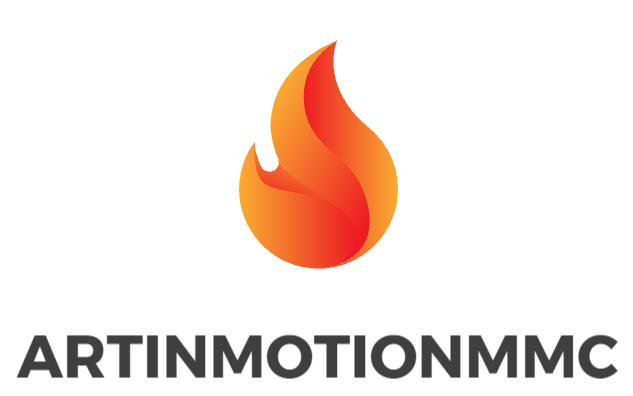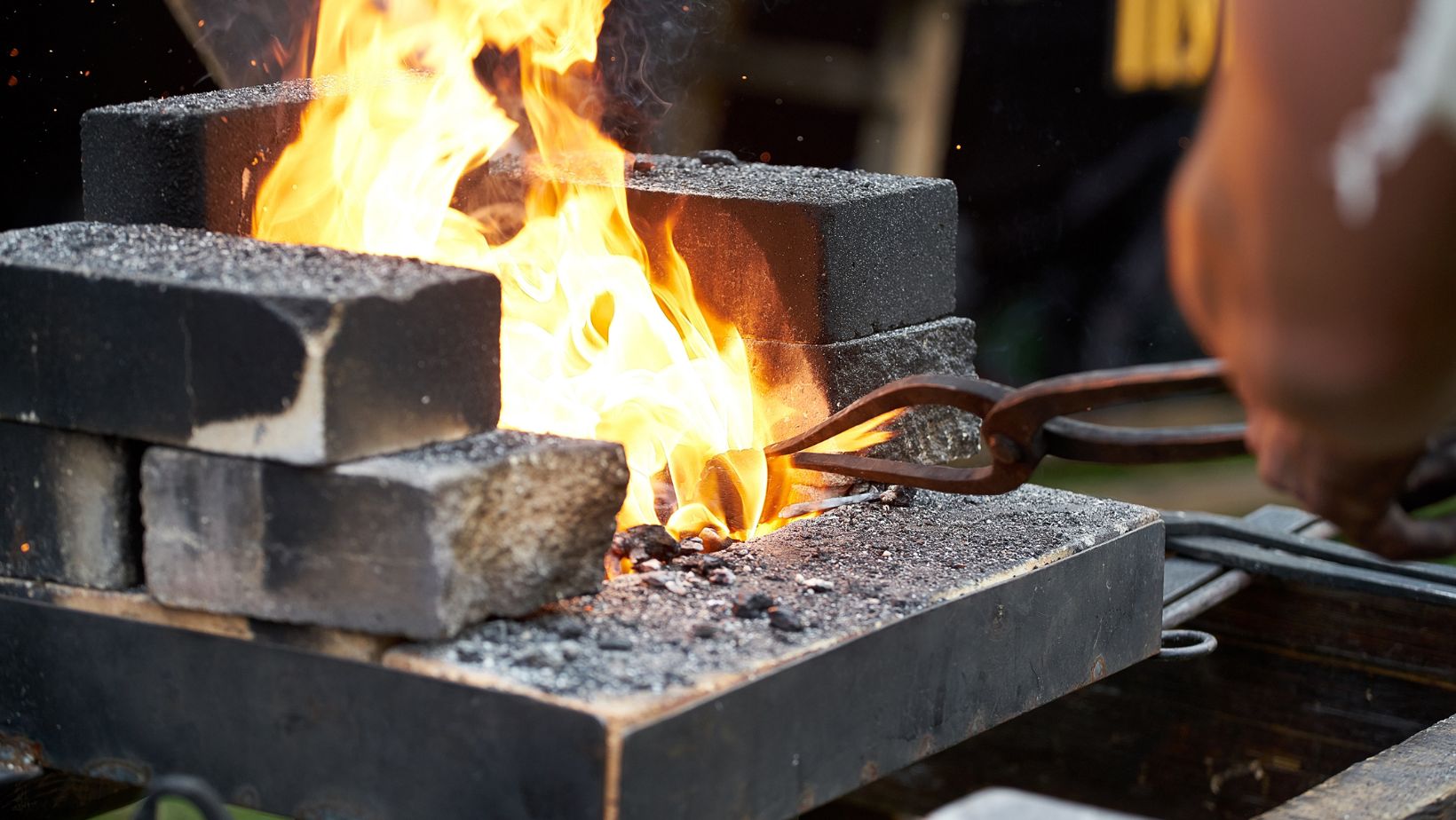Forging shapes metals by applying pressure through presses or rollers. The automobile industry relies heavily on forging processes to produce parts such as engine fragments, transmission components, and the vehicle's chassis.
The metal-molding process appeared in human civilization as early as 4500 BC. Initially, hammers and mallets were used to bend the metal. However, over time, machines and automatic systems penetrated the industry leading to precise forgings.
Forging processes to forge car parts are selected based on the design and size of the parts to be produced. Here is a quick look at some of the most common forging methods deployed in the automobile industry.
Standard Forging Methods Used in Automobile Industry
Following is a list of some of the most commonly used forging methods. There are also other forging methods auto-part manufacturers use for personalized constructions.
Drop Forging
Drop forging is a type of forging process that comprises a hammer and a metallic sheet placed on a die. First, the metal is heated at a high temperature to increase its malleability. Later, it is placed on the die and struck with a hammer to get the required shape.
The forging method builds heavy-duty components such as crankshafts, connecting rods, and steering knuckles. Drop forging falls into two categories: open-die and closed-die forging.
- Open-Die Forging: Open-die forging uses free dies, meaning the hot metal can flow in any direction where it doesn't touch the die. The forged parts are more resistant and less prone to holes.
- Closed-Die Forging: This procedure uses specific mold with complex cuts. The method is used to create complex geometries. Closed-die forging proves expensive for short-duration projects, but it makes a cost-effective option for long-term operations.
Press Forging
Press forging is a forging process that uses a stationary and moveable compression die. The metal sheet is placed on a stationary mold, and the compression press applies pressure to attain the required shape.
Although the forging process is more time-consuming than other methods, it has some advantages. For instance, manufacturers can shape the entire component in a single go rather than individually working on sections of the component. Moreover, you can alter the compression rate, which ensures precision and component consistency.
Upset Forging
Upset forging is a forging process that enhances the diameter of the metal. A high-speed compression machine is used to attain the required shape of the metal. The metallic chunk is heated locally and placed between special tooling to hold it in place during the process.
Pressure is applied via a compression machine or a hydraulic press on the piece to mold it into the required geometry. Upset forging is commonly used to construct components with increased length and molded ends.
The Takeaway
Forging metal is a crucial process in the automobile industry. There are many variations of forging methods. However, the most common ones include drop forging, press forging, and upset forging.
The choice of the forging process depends on the project budget and the design requirements of the parts to be produced. Drop forging makes parts with high dimensional stability, while upset forging is fit for increased lengths and customized ends like shackles and torsion bars.


